Subscribe for all my updates and don't miss a thing! Sign me up!
Rastafarian Jamaica
An Insight Into A Rich Aspect Of Jamaican Heritage
Sharing Is Caring! Share this awesome content with your friends now.
From time to time I’ve heard persons said that when they travel to other countries and mention that they are a Jamaican, the people seem quite surprised.
Why so? Apparently they were expecting to see someone sporting a long dread-lock hairstyle or dressed in rasta wear.
But the fact is, and this might surprise you! Less than one percent of the close to 3 million people in Jamaica are actually Rastafarians!
New! Take a piece of Jamaica with you💃!
Savour the memories! Now you can get your authentic Jamaican souvenir items, as well as traditional Jamaican herbs, spices and housewares on our popular e-store. Click Here to learn more.
And, if you ever need a trustworthy and knowledgeable local guide, consider booking a private tour with us!
It's the impact perhaps, the Jamaican Rastafarians have made across the globe, not just on religion but on culture, particularly music!
And so, we are proud as a country to be the birthplace of this special people.
But did Rastafarianism come about? Let’s dive deeper into this popular religion in Jamaica.
In The Beginning...
The Rastafarian movement started in Jamaica soon after crowning of Ras Tafari as the Negus of Ethiopia, meaning "King of Kings" during the 1930s.
The original name of Haile Selassie was Ras Tafari Makonnen which later became the basis for the name of the religion. Selassie is hailed by Rastafarians as "Jah Rastfari" or the "Black Messiah".
After his crowning, his title was later changed to Emperor Haile Selassie I.
He also took on several other titles such as “Conquering Lion of the Tribe of Judah”, King of Kings of Ethiopia” and "Elect of God".
Marcus Garvey, a black and highly regarded political leader at the time, endorsed this coronation and believed it to be fulfillment of prophecy based on Psalms 68:31 in the Holy Bible.
He is believed to be the one who would save the black people from the white oppression and pave the way for blacks to be repatriated to their Africa, their homeland. This prophecy served as the basis of the Rastafarian movement.
You cannot talk about Rastafarianism and not mention Leonard Howell. He was considered to be one of the early founders of Rastafarianism in Jamaica and played an integral role in it’s development.
April 21, 1966 would be a memorable day for all Rastafarians in Jamaica. This is the day when Haile Selassie made his royal visit to Jamaica.
The Social Contradiction
The Rastafarian movement did not resonate well with the majority of the Jamaican population though, including the Government.
They were often targeted and harassed, persecuted and ridiculed. We learned that the police officers whom they often referred to as “Babylon” would shave their heads and cut and trim their locks. Some of their houses even got burnt.
Which brings me to the infamous...
Coral Gardens Massacre
The Coral Gardens Massacre was one of the worst atrocities that happened during the early Rastafarian movement here.
It occurred between April 11 and 13 in 1963. Over 150 Rastafarians were detained, tortured, beaten; some even died as a result of a joint police and military operation.
This was in retaliation to a riot at a gas station in Coral Gardens (near Montego Bay, St. James). This riot was initiated by some Rastafarians who burnt down the gas station protesting social injustice.
The Rastafarians then were considered a major threat to the stability of the country, some groups were even accused of plotting to overthrow the Jamaican Government!
Persons such as Reynold Henry and his co-conspirators were charged for treason and hanged.
The Rastafarian Jamaica Today
The Rastafarians om Jamaica has come a long way and today. Today, not only are Rastafarians practicing their faith freely, they are integral to the social fabric of the country, including contributing greatly to the economy of Jamaica through businesses - large and small.
Rastafarians are also found in all class and strata of Jamaica today, including law, music medicine and even, yes, politics - the same institution that was once their enemy!
We have also heard of plans by the government to provide reparation to survivors of the Coral Gardens Massacre.
By the way, it is argued that it is Rastafarians, led by the pioneers, including the likes of Bob Marley, Dennis Brown and Peter Tosh, who has placed Jamaica on the world map through reggae music.
Back To Top of Rastafarian Jamaica
Types Of Rastafarians In Jamaica
There are three main sects of Rastafarians in Jamaica today. Let us get to know them better.
They are...
- Nyahbinghi: This is said to be the oldest Rastafarian Order with special emphasis on Haile Selassie, Ethiopia & return to Africa.
A group of Elders serve as overseers for this order which was initially named after Queen Nyahbinghi of Uganda, a 19th century warrior against colonialism. - BoBo Shanti: This tribe was founded in the 1950s by Prince Emanuel Charles Edwards.
Bobo stands for "black" and Shanti relates to the Ghanian Ashanti tribe. It is believed that Jamaican slaves were derived from this group.
Their lifestyle is similar to those of the Jewish Mosaic law in the Old Testament. The difference between them and the other sects is that they believe that Prince Emanuel Charles Edwards was the reincarnation of Christ.
You can easily identify a Bobo Shanti as you will see them carrying brooms. Brooms are significant in symbolizing their cleanliness. They usually grow and sell produce from their farms.
They also sell straw hats and brooms and live by themselves- away from other Rastafarians and the rest of the Jamaican society. Some might also be dressed in tunics and a turban head wrap. - The 12 Tribes of Israel: This was founded by Dr. Vernon Carrington, otherwise called "Prophet Gad" in 1968.
You will find that these persons are very liberal. Members are allowed to worship in a church any church they choose. Each member is classified under one of the tribes, determined by the month they were born. A colour is also assigned to them.
Additionally, there are other contemporary types ascribed to Rastafarians here, including...
- Bearded: You can easily identify a bearded Rastafarian by the long untrimmed beard.
- Bald-Head: These believe in the supremacy of Haile Selassie and certainly speak the language but do not traditionally practice some of customs or rituals.
You cannot know that they are Rastafarian by just looking at as their outward appearance do not depict any sign of this belief. However, if you speak to them they will tell you they are Rasta in the heart.
Back To Top of Rastafarian Jamaica
Rastafarian Diet
The following are typical of Rastafarian Jamaican food.
- Rastafarians do not eat pork. They consider this to be unclean.
- They eat a strict i-tal diet, meaning natural and clean such as vegetables and nuts.
- Some will eat fish, but will not eat any that is longer than 12 inches.
- Note however that the early Rastafarians did not eat meat, shellfish nor scavengers.
- They prepare their food without salt. Natural coconut oil is their preferred choice of oil used in cooking.
- They eat lots of fruits and fruit juice.
- A real Rastaman does not consume alcohol.
- They leave out milk and coffee out of their diet but prefer to drink anything such as herbal teas.
Back To Top of Rastafarian Jamaica
Rastafarian Customs and Worship
Rastafarians do not have a specific or designated building for worship. However, you will find that they meet weekly whether at the home of a believer or at a community centre.
Some call these meetings “reasoning sessions”. These sessions include, chanting, prayers, singing and discussions. Marijuana (often referred to as the holy herb or wisdom weed) is also smoked for an elevated spiritual experience.
This is usually placed in a Cutchie (chillum pipe) and passed around in a left direction. The music played at these meetings are called Nyabingi and whenever there is mostly music involved, the meetings are called Nyabingi meetings.
- Most Rastafarians can often be recognized by the long dreadlocks hair style that they wear. The view this as spiritual and justify it with the bible verse Leviticus 21:5 (They shall not make baldness upon their head).
- Whenever there is a newborn into the Rastafarian culture, the child is blessed by elders during a Nyabingi session.
- You might be accustomed to traditional marriages where there is a wedding ceremony and reception. This is not the case in the Rastafarian Jamaican culture. A man just takes a woman and call her his “queen” or “empress”. There is no formal structure and they are considered man and wife as long as they are living together. In instances where a marriage may take place, it is not considered as religious occasion but more of a social event.
- Whenever a Rastafarian dies, there is no traditional funeral service as you would normally see for regular persons. They believe in re-incarnation after death and that life continues perpetually.
Back To Top of Rastafarian Jamaica
New! Watch Video Of Rastas In The Hills Of Jamaica (below)
Key Symbols Of The Rastafarian Jamaica Religion
So how do you know a true rastaman? Here are some of the visible marks and symbols .
- The Star of David - Symbolizes the connection between Haile Selassie & Solomon in the bible.
- The Conquering Lion and The Lamb - Symbolizes the Lamb of God & the Lion of Judah in the bible
- The Rasta Flag, Original Version – The colours of this flag was red that represents the blood of the black people that died who fought against white oppression, green, representing Jamaica’s lush vegetation, and black, representing the colour of the skin of black people from Africa.
- The Rasta Flag - Current Version – This is the old flag of Ethiopia with red, representing blood; gold, representing minerals and resources; green, representing the land.
- Dreadlocks – Thick long strands of twisted hair inspired by the Nazarites in the Bible
- Marijuana or Ganja - Used to get wisdom and as part of their religious rite to achieve a heightened spiritual experience with their inner-self and God.
The Rastafarian Language
The rastafarian language uses all the attributes of the Jamaican patois but with a a twist. They have added new words and meanings.
Here are 12 popular Rastafarian phrases you may want to impress your friends with, I'l list the saying and then the meaning...
- Yes I - Hi or hello
- Babylon - police or oppressor
- Jah - God
- Ital - Natural, no salt or perservatives
- Overstand / Innerstand – understand
- I and I – oneself and Jah in unity
- Polytricks- Politics
- Irie - Everything is fine or alright
- downpression- Oppression
- Outernational- international
- Bun a fyah - strongly oppose something
- Rasta - Oneself or another Rastafarian
VIDEO! Watch Livity Of Rastafari On YouTube
Want more? Here's an insightful documentary on the typical lifestyle (or livity) of Rastafarians in Jamaica.
Back To Top of Rastafarian Jamaica
You have received :-)
Now share you new found knowledge with your friends!
References:
- The History Of Rastafarianism, http://digjamaica.com/m/indigenous-religions-in-jamaica/rastafarianism/
- The Coral Gardens Incident, https://en.wikipedia.org/wiki/Coral_Gardens_incident
- Jamaicans.com, ttps://jamaicans.com/ganja/
- Worship and Customs, http://www.bbc.co.uk/religion/religions/rastafari/customs/customs_1.shtml (link)
- "Nyahbinghi Order Nyahbinghi Order fast facts and introduction", http://www.religionfacts.com/nyahbinghi-order
Other Pages Related To Rastafarian Jamaica
New! Get My Latest Book👇🏿
|
You asked, I've answered! You no longer need to save for months or years, to enjoy paradise! I spilled the beans! sharing my top tips on finding cozy accommodations and secret gems, only the way a native could! Click Here to pick it up on my e-store and start saving now! |
See The Best Of Jamaica - In Videos!
|
My channel reaches over 140,000 subscribers worldwide and has leveraged over 11 million views, sharing, what I call 'The Real Jamaica'. Subscribe today and join our family of viewers. |
Read More ...
New! Experience The REAL Jamaica!
Book Your Private Tour here and experience Jamaica the way we (locals) do!
P.S. Didn't find what you were looking for?
Still need help?
Click Here to try our dependable and effective Site Search tool. It works!
Or, simply click here and here, to browse my library of over 500 questions and answers! Chances are someone already asked (and got an answer to) your question.

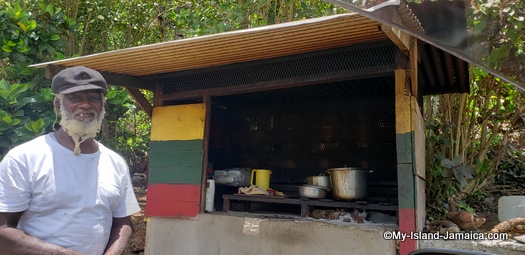
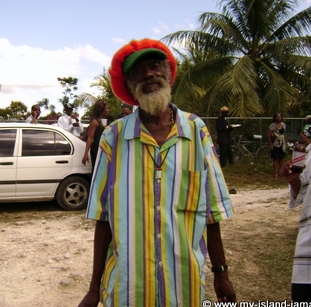
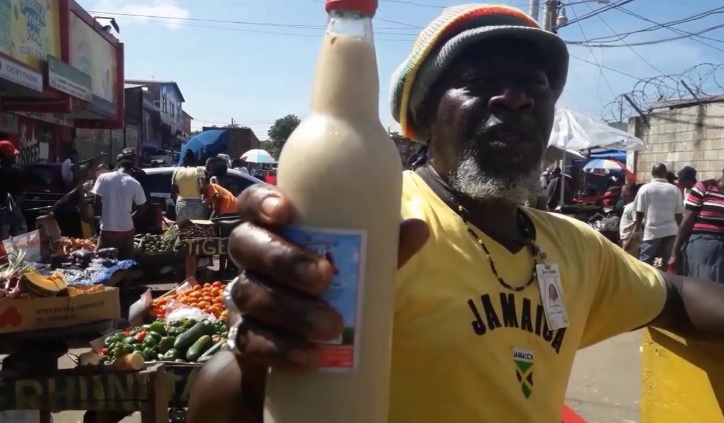
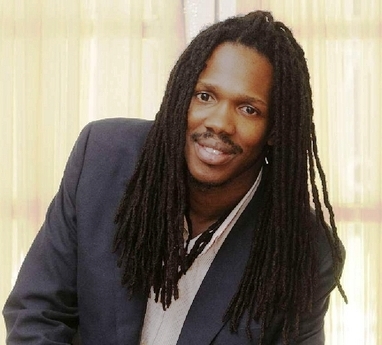
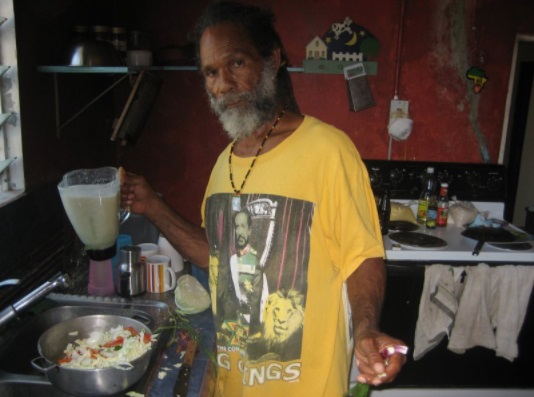
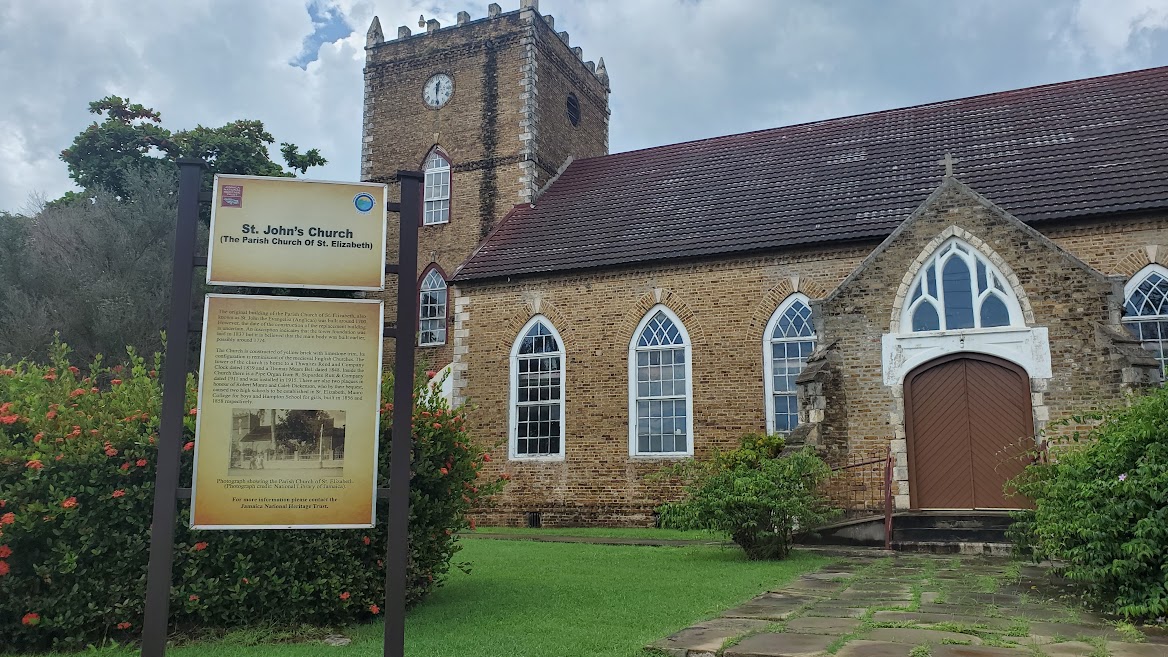
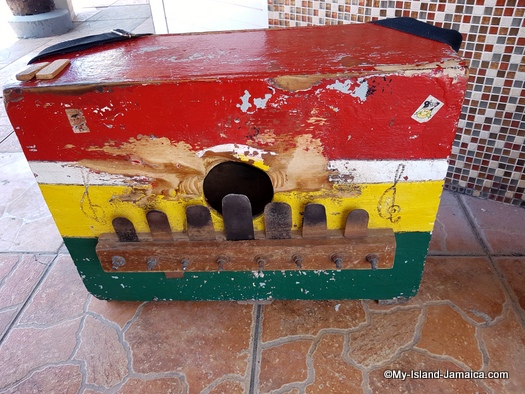
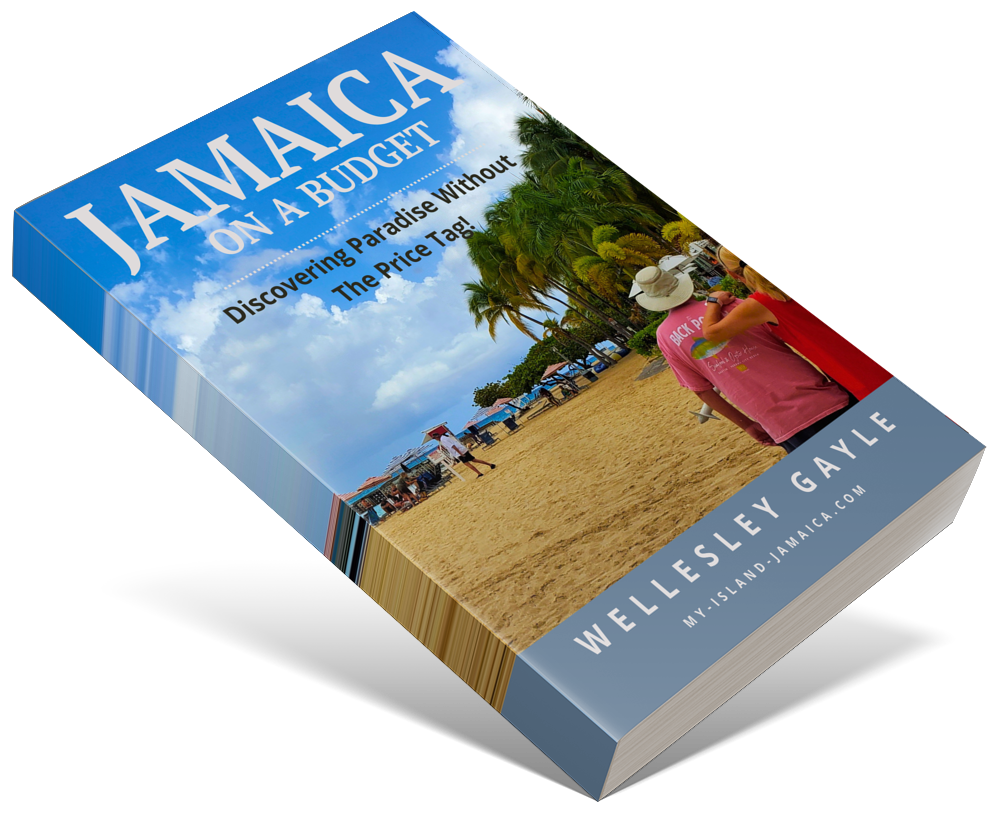
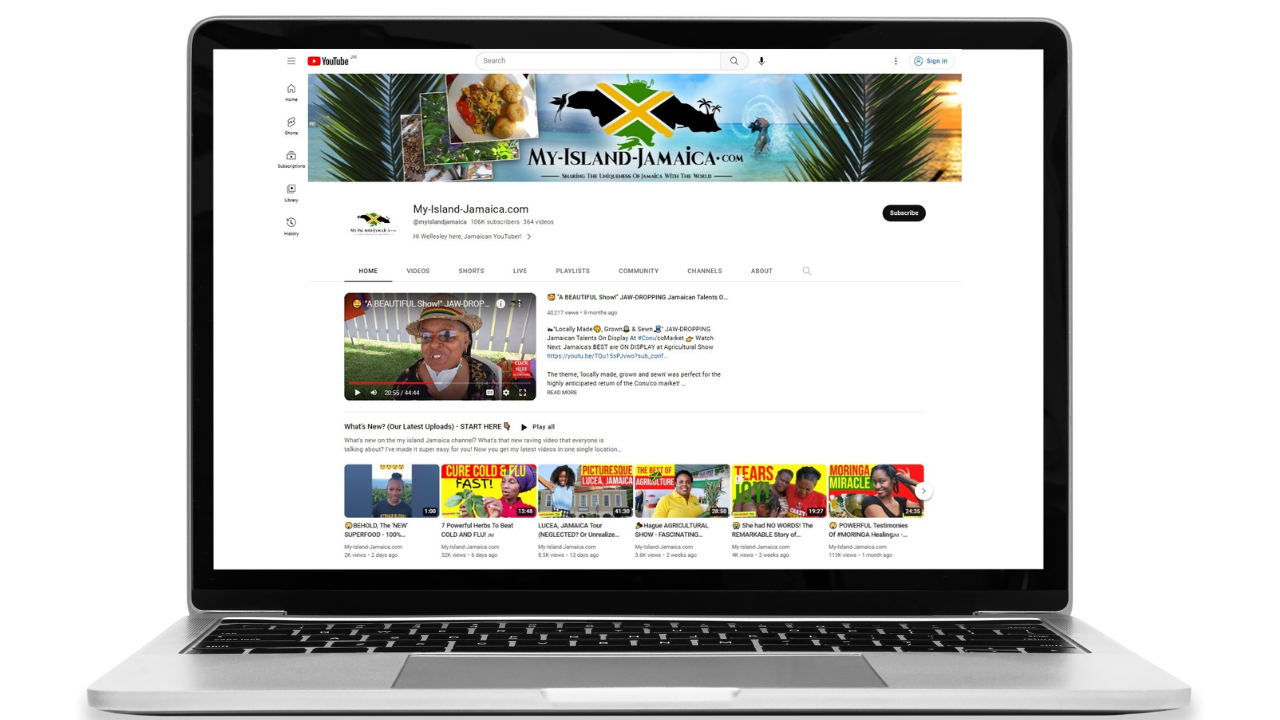

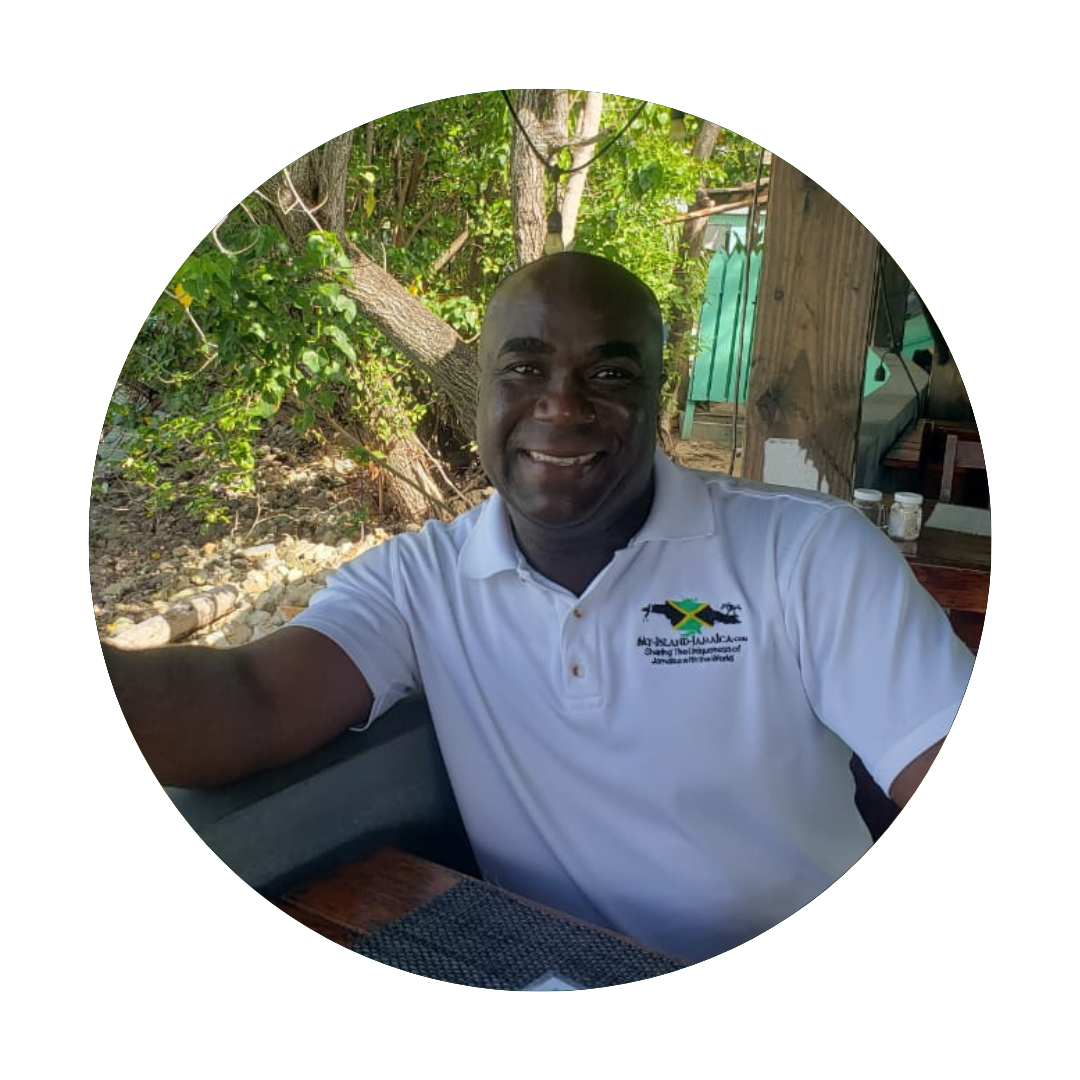
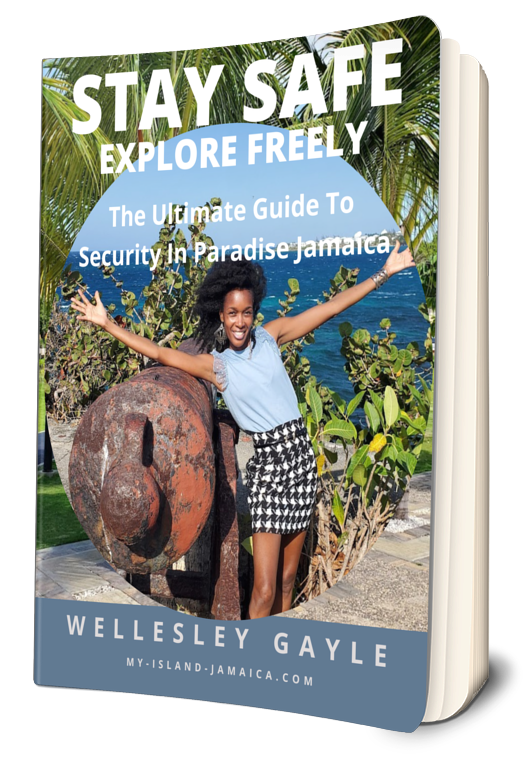




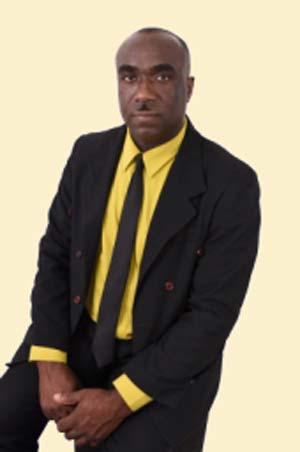
New! Comments
Have your say about what you just read! Leave me a comment in the box below.